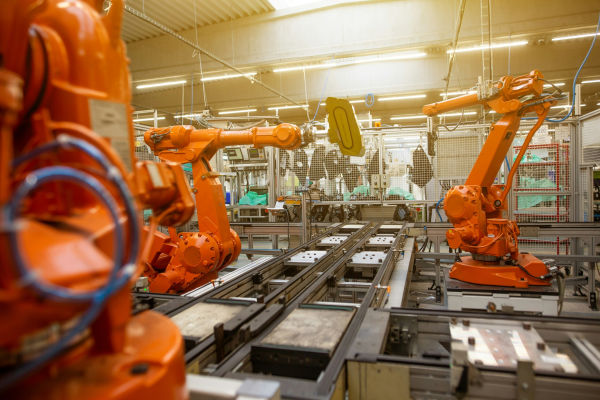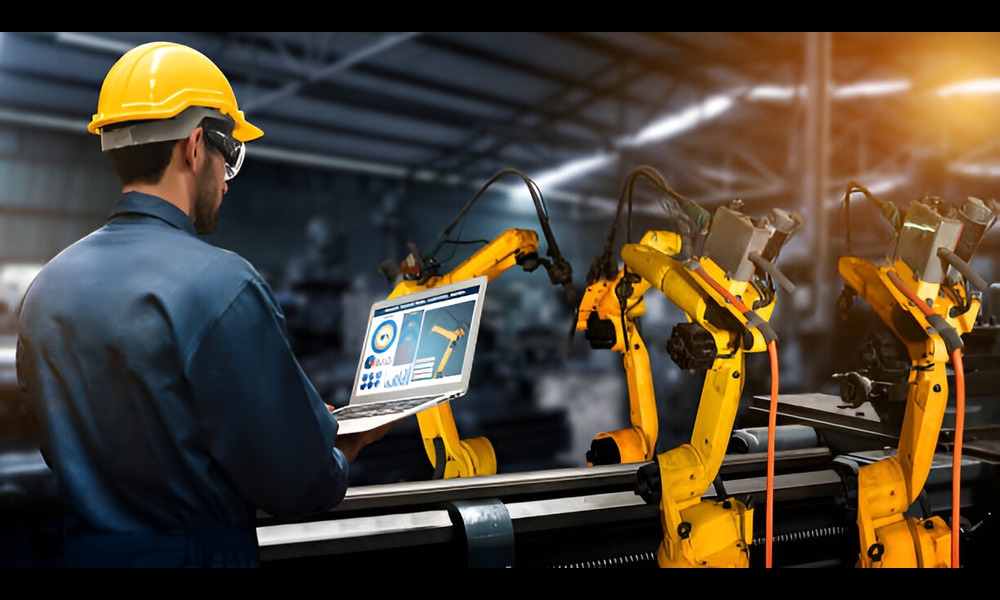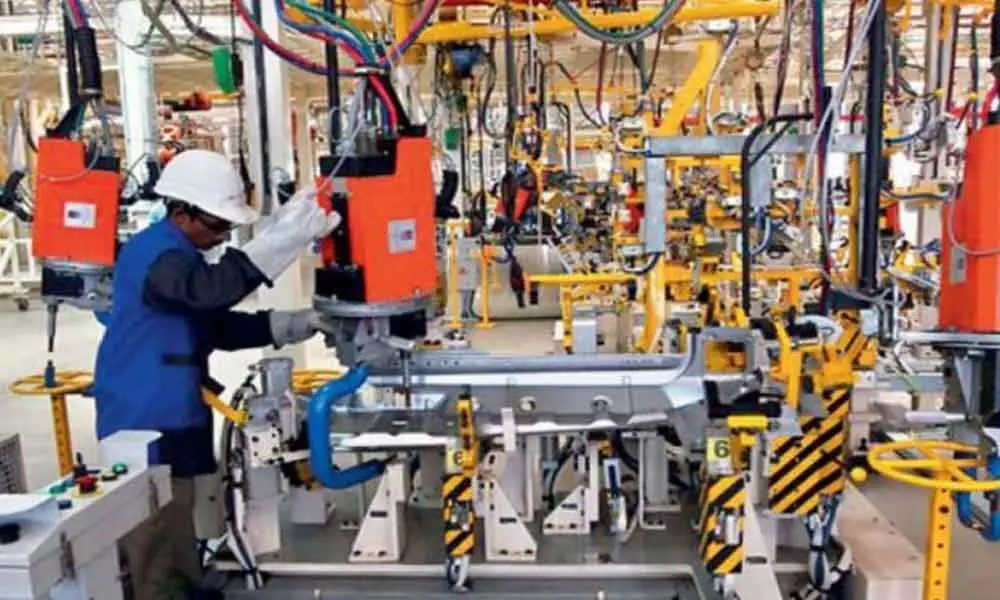Manufacturing isn’t what it used to be. Today’s businesses operate in an environment marked by constant change, whether driven by shifting consumer demands, supply chain disruptions, or technological advancements. Traditional manufacturing approaches, designed for long production runs and static processes, often fall short in this dynamic landscape. That’s where agile manufacturing comes in.
Agile manufacturing is not just a buzzword, it’s a strategic approach that emphasizes adaptability, responsiveness, and innovation. By adopting agile methods, manufacturers can position themselves to not only survive but thrive in an unpredictable world.
Here’s how agile manufacturing keeps businesses ahead of change.
1. Responding Quickly to Market Demands
One of the core benefits of agile manufacturing is the ability to adapt quickly to market changes. Unlike traditional methods that rely on rigid production schedules, agile practices allow businesses to pivot easily when consumer needs shift or new opportunities arise.
For example, a manufacturer of household appliances might identify a sudden rise in demand for energy-efficient models. With agile systems in place, they can scale the production of these models quickly while reducing output on less popular items. This responsiveness ensures that manufacturers stay relevant and tap into emerging trends before competitors.
2. Improving Operational Flexibility
Flexibility is at the heart of agile manufacturing. By designing processes that are modular and adaptable, manufacturers can handle short production runs, custom orders, or even last-minute changes without disrupting operations.
Take a furniture manufacturer, for instance, that embeds modular assembly lines. If a client requests a specific product modification, the modular design allows the team to implement changes without halting the entire production process. This operational flexibility not only reduces downtime but also boosts efficiency in meeting specialized customer needs.
3. Leveraging Technology for Agility
Technology is the backbone of agile manufacturing. Innovative tools like automation, robotics, and cloud-based platforms enable businesses to streamline operations, monitor processes in real-time, and make data-driven decisions.
For example, the Internet of Things (IoT) allows manufacturers to connect machines and gather insights about performance and maintenance needs. If a machine shows signs of wear, predictive analytics can prompt action before a breakdown occurs. At the same time, advanced robotics can make production lines adaptable to quick design changes.
4. Enhancing Customer Satisfaction
Agility is not just about internal operations; it’s also about delivering better value to customers. Agile manufacturing enables businesses to tailor products to meet specific demands and deliver them quickly, enhancing the overall customer experience.
For instance, custom-made shoes or vehicles with unique features designed for individual clients are now easier to produce because agile manufacturing supports mass customization. This focus on personalizing products creates happier customers who are more likely to engage with a brand long-term.

5. Fostering Innovation
Agile manufacturing creates an environment ripe for innovation. It encourages experimentation in product design, production techniques, and market approaches, giving companies the freedom to test and implement new ideas.
For example, a packaging manufacturer can use agile product development to introduce eco-friendly materials faster than competitors. Experimenting with prototypes and tweaking production lines on the fly allows the company to release innovative solutions aligned with consumer preferences.
Conclusion
Agile manufacturing is more than a production strategy; it’s a business mindset that prioritizes flexibility, speed, and innovation. By responding quickly to market demands, enhancing operational flexibility, leveraging technology, prioritizing customer satisfaction, and driving innovation, agile manufacturers are equipped to handle the unexpected.




Leave a Reply